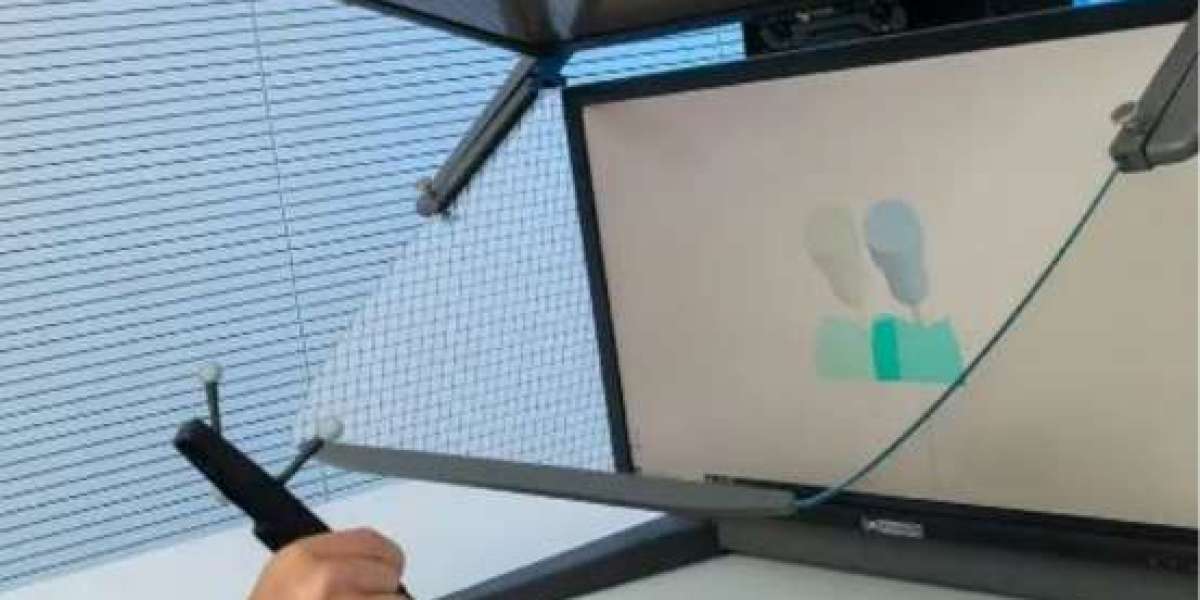As the typical representative of complex free-form surface components, the requirements of the high precision and consistency of impeller components drive CNC machining technology to continuously improve. This paper investigates five-axis linkage impeller machining tool path generation and simulation optimization based on modern computer-aided manufacturing (CAM) systems, explores the feasibility and interference risk of common path strategies, and examines the application value of error early warning, collision detection, and residue analysis functions in path planning in simulation.

1. Introduction
Accompanied with the rapid development of aerospace, power equipment, and high-end pump machinery, impeller parts have represented the pinnacle of high-difficulty machining parts with the evolution of manufacturing through their complex space geometry and function demands. Their flow channel structures are generally three-dimensional curved surfaces with variable cross-sections and very limited space, where tools can easily interfere and over-cut when machining, and which puts higher demands on path planning and simulation.
Traditional path planning methods are mostly dependent on experiential environments and trial-cut checks through repeated trials, which are time-consuming and costly. The widespread use of five-axis linkage machining and the development of CAM system functions have made simulation-oriented path planning methods become mainstream. This article methodically explores the value essence of CAM systems in impeller machining path planning and simulation, focusing on introducing the strategies of path, simulation methods, and optimization results, and examining the future prospects of AI and VR technologies in developing new path planning methods.
2. Application Value of CAM Systems in Impeller Machining
Five-axis machining of complex impeller geometries imposes extremely high requirements on path planning, interference avoidance, and machining quality. Sophisticated CAM systems have been the indispensable kernel tools in the precision machining process of impellers due to their highly integrated modeling, simulation, and optimization functions.
2.1 Visual Path Planning
Based on the 3D CAD models, CAM systems can achieve visual path planning of multi-axis linkage within the virtual environment. Especially for free-form surface geometries like impellers, the tool paths can be linked in real-time to workpiece geometry and machine tool motion orientations, allowing programmers to naturally discern path dead corners, redundant motions, and areas of potential interference. Such a complete-perspective path generation strategy founded upon geometric and motion constraints significantly improves complex part path programming efficiency and accuracy and minimizes the process preparation cycle.
2.2 Dynamic Simulation and Collision Detection
In the virtual machining environment with CAM integration, relative motion relationships among tools, tool shanks, spindles, worktables, and workpieces can be simulated along the process. Collision detection algorithms are used in the system to identify and warn tool interference, over-cutting, tool skipping, and other issues in real time. Along with the trajectory optimization function and constraint condition regulating function, the dangers can be actively avoided at the early stage of machining, achieving the collaborative optimization of tool axis attitude and path continuity, effectively ensuring the safety of the machining process and the controllability of paths.
2.3 Machining Residue Analysis and Path Correction
Based on the cutting residue maps output by the simulation module, users can accurately calculate the residue distribution on complex curved surfaces, providing data support for the (targeted) optimization of secondary finishing paths. Equipped with residue-driven path reconstruction technology, the system can automatically adjust step pitch parameters, feed rates, and tool postures to achieve accurate compensation for local residue areas. This function not only enhances surface quality but also greatly increases machining efficiency and stability of machine tool operation.
3. Tool Path Strategies and Simulation Optimization Methods
The high-accuracy and high-complexity cutting of an impeller poses multi-dimensional requirements on tool path strategies, which must balance topography flexibility, simulation controllability, and cutting efficiency. Various path generation and simulation optimization software in CAM systems provide visual and verifiable technical support for planning paths in five-axis linkage machining.
3.1 Z-Level Cutting Path
Z-Level paths perform layered machining with a constant Z-layer height, targeting especially deep cavities and inclined wall areas with steep angles in impeller flow channels. The approach guarantees interlayer residue consistency, reduces the potential for step marks during machining, and improves the stability of the roughing operation. With the assistance of machining simulations, one can define reasonable layer height and step pitch parameters to obtain improved path continuity and well-balanced tool forces.
3.2 Scallop Finishing Path
Scallop paths generate continuous tool paths on the complex free-form surface based on the equal surface residue height criterion, which can be used for high-quality finishing of impeller blades. The path can effectively reduce topographic errors in the area of tool trajectory overlapping and improve the uniformity of the surface. During the simulation stage, postural alteration and acceleration response in areas where there are abrupt changes in curvature need to be watched closely to avoid abnormal tool loads or trajectory acceleration caused by local curvature mutations.
3.3 Five-Axis Dynamic Posture Control
For areas that require big-angle posture variation, such as blade roots, hub joining areas, and curved surface junction areas, five-axis linkage can be employed by CAM systems to control the direction of the tool axis in real time and dynamically optimize machining attitudes. By setting inclination ranges and posture smoothing parameters, the system can effectively suppress impact loads caused by sudden switching of the tool axis and vibration of the machine tool, thereby improving the consistency of the machined surface and the tool life.
3.4 Adaptive Stock Path Optimization
Based on the residue maps produced by machining simulation, regional path spacing adjustment strategies can be achieved automatically by the system. In areas of dense stock, the step pitch is appropriately reduced to enhance the removal rate; in lines and areas that are sufficiently machined, the path spacing can be expanded to increase efficiency and tool utilization. This kind of "adaptive step pitch" balances machining accuracy and time cost, and it is one of the important aspects of CAM intelligent path planning.
4. Case Study: Simulation and Optimization of Aviation Titanium Alloy Impeller
On a machining operation of an aviation compressor impeller that is titanium alloy, the PowerMILL system was applied in five-axis path design and whole process simulation. The machining tool was an R1 ball-end cemented carbide mill, and the path combination employed a "Z-Level + Scallop" strategy.
During the initial simulation phase, there was tool shank interference found at the roots of the blades. After optimizing the tool overhang length and posture parameters and re-simulating, the interference issue was successfully avoided. Residue analysis, meanwhile, indicated that a maximum stock of 0.03mm was attained, which met the requirements for subsequent polishing. The machining cycle was shortened by 12% and the tool wear rate was significantly reduced following simulation optimization, proving that path simulation can effectively improve actual machining outcomes.
5. Innovative Promotion of Path Planning by AI and VR Technologies
The "CAMStylus" system developed by the Fraunhofer IPT research institute first introduces artificial intelligence and virtual reality into the field of CAM path design. Based on a VR three-dimensional environment, this system allows users to intuitively sketch paths on workpiece models using a gesture pen, and the system then uses neural networks to automatically identify path features and calculate corresponding tool trajectories and machining parameters.
Experiments indicate that this approach successfully decreases the reliance of path planning on operational experience and significantly enhances the interactivity and efficiency of path definition, illustrating the extensive application potential of AI and human-computer interaction technologies in CAM systems of the future.
7. Conclusion
CAM system-based tool path simulation technology has evolved into a vital tool for the production of high-complexity impeller components. Through path visualization, collision prewarning, residue analysis, and parameter adaptive optimization, it has greatly improved the controllability and efficiency of the machining process. With the help of new technologies such as AI and VR, future path design will become more intelligent and more convenient to operate, bringing the manufacture of impellers into a new era of digitization and intelligence.








